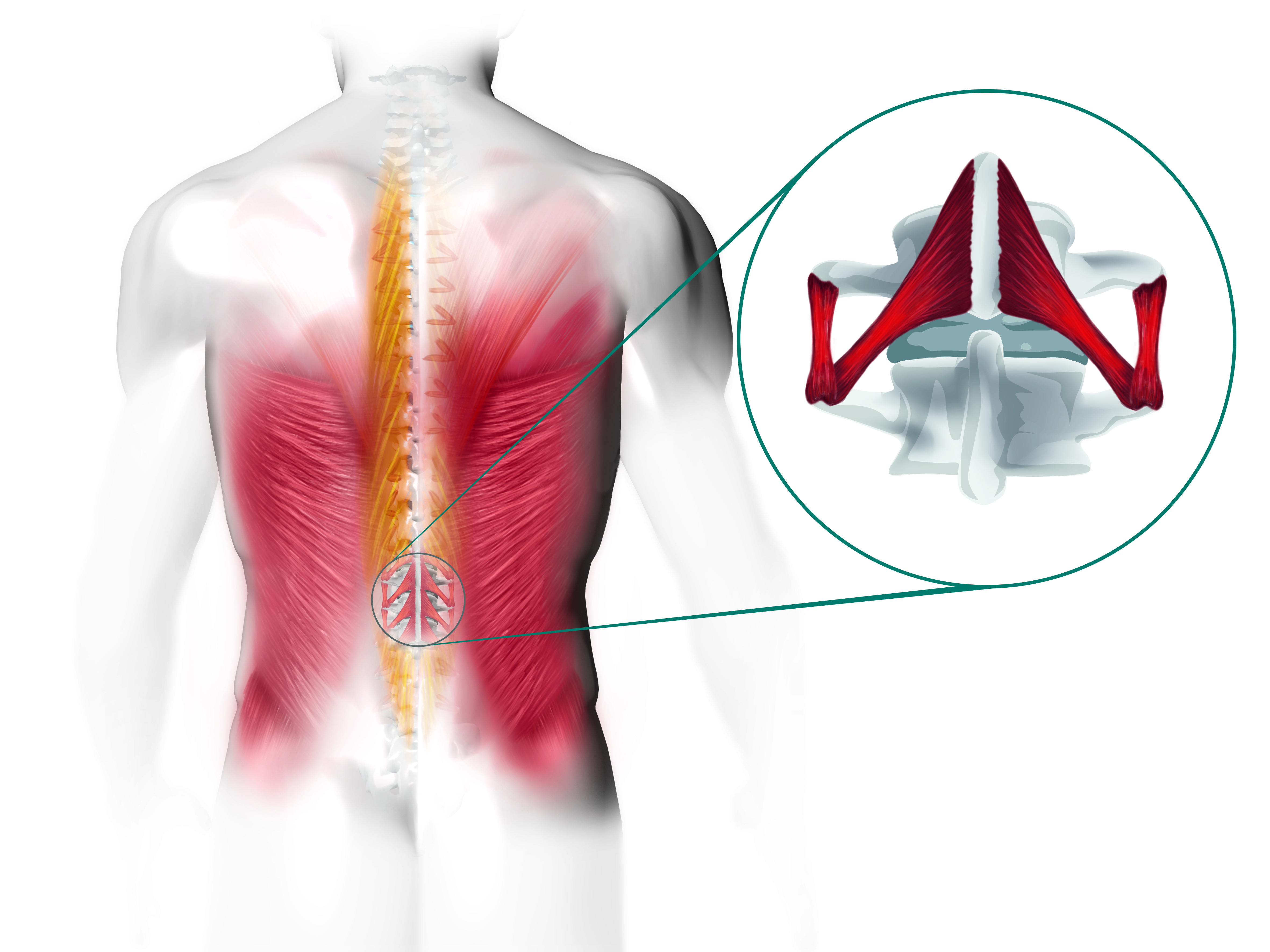Functional pain


Pain in the musculoskeletal system, particularly in the back and the peripheral joints, is one of the most common reasons people visit neuro-orthopaedic practices.
But organic damage caused by inflammation or tissue modification is rarely the cause of the pain. In most cases, the pain and restricted mobility are caused by faulty muscle tone and muscle tension based on sensorimotor deficits resulting from a lack of movement. More than 80% of patients experiencing pain suffer from these disorders of the nervous and muscular system!
More than 80% of the pain patients are based on a functional cause!
Such disorders require targeted therapy.
After all, a locomotor system is only as good as the central nervous system controlling it. This determines the quality of the system made up of the locomotor system and nervous system, also referred to as a musculoskeletal system. And this musculoskeletal system is highly complex: over 400 muscles that support the skeleton (i.e. that stabilise the bone system in the gravitational field) must be controlled by the central nervous system with the right intensity and at the right time. Controlling means not only that the muscle needs to be contracted but also that it must undergo the correct type and amount of contraction in harmony with all other muscles.

To better explain and understand these interrelationships, we will draw on two specific motor functions: the postural and phasic functions.
- The postural function serves to maintain one’s posture in space without uneconomical irregular movements; it is the body stabilisation function.
- The phasic function is the change of one’s position in space – in other words, the body movement function.
The two functions necessarily complement each other, as every movement requires targeted stabilisation from the postural function before an externally visible movement can be performed. And every movement – even that of stabilising a particular posture in the gravitational field – supplies information from the receptors of our musculoskeletal system to our central nervous system. This input is processed and modified centrally and results in an output being sent to the corresponding muscles. This creates a control loop in which information circulates and any changes in the system are continuously updated.

Our brain works like a high-performance computer.
In milliseconds, countless data is produced, evaluated and entered into stored program structures. Without this data, our central nervous system would not be able to function, and central motor control would be impossible.

Successful therapy for functional pain
And finally, the good news is that this functional pain, which can be similar to structural pain in its intensity and duration, responds very well to treatment. What is needed is a holistic functional therapy of the musculoskeletal system that takes into account all sense systems.